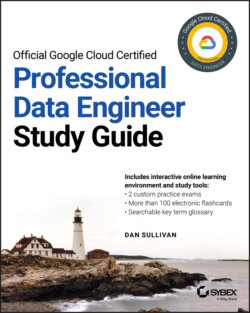Читать книгу Official Google Cloud Certified Professional Data Engineer Study Guide - Dan Sullivan - Страница 26
Access Controls
ОглавлениеSecurity and access control in particular also influence how data is stored.
Relational databases, like Cloud SQL and Cloud Spanner, provide mechanisms to restrict access to tables and views. Some users can be granted permission to update data, whereas others can only view data, and still others are not allowed any direct access to data in the database. Fine-grained security can be implemented at the application level or by creating views that limit the data available to some users.
Some access controls are coarse grained. For example, Cloud Storage can limit access based on bucket permissions and access control lists on objects stored in a bucket. If a user has access to a file in the bucket, then they will have access to all the data in that file. Cloud Storage treats files as atomic objects; there is no concept of a row of data, for example, in Cloud Storage as there is in a relational database.
In some cases, you may be able to use other security features of a service along with access controls. BigQuery, for example, is an analytical database used for data warehousing, data analytics, and machine learning. Data is organized into datasets, which are groups of tables and views. At the current time, BigQuery supports dataset-level access controls but not access controls on tables or views directly. One way to work around these limitations is to create authorized views in one dataset that reference tables in another dataset. The dataset with the authorized views can have one set of access controls whereas the dataset with the source tables can have more restrictive access controls.
When choosing a data store, it is important to consider access control requirements and how well a storage system supports those requirements.
